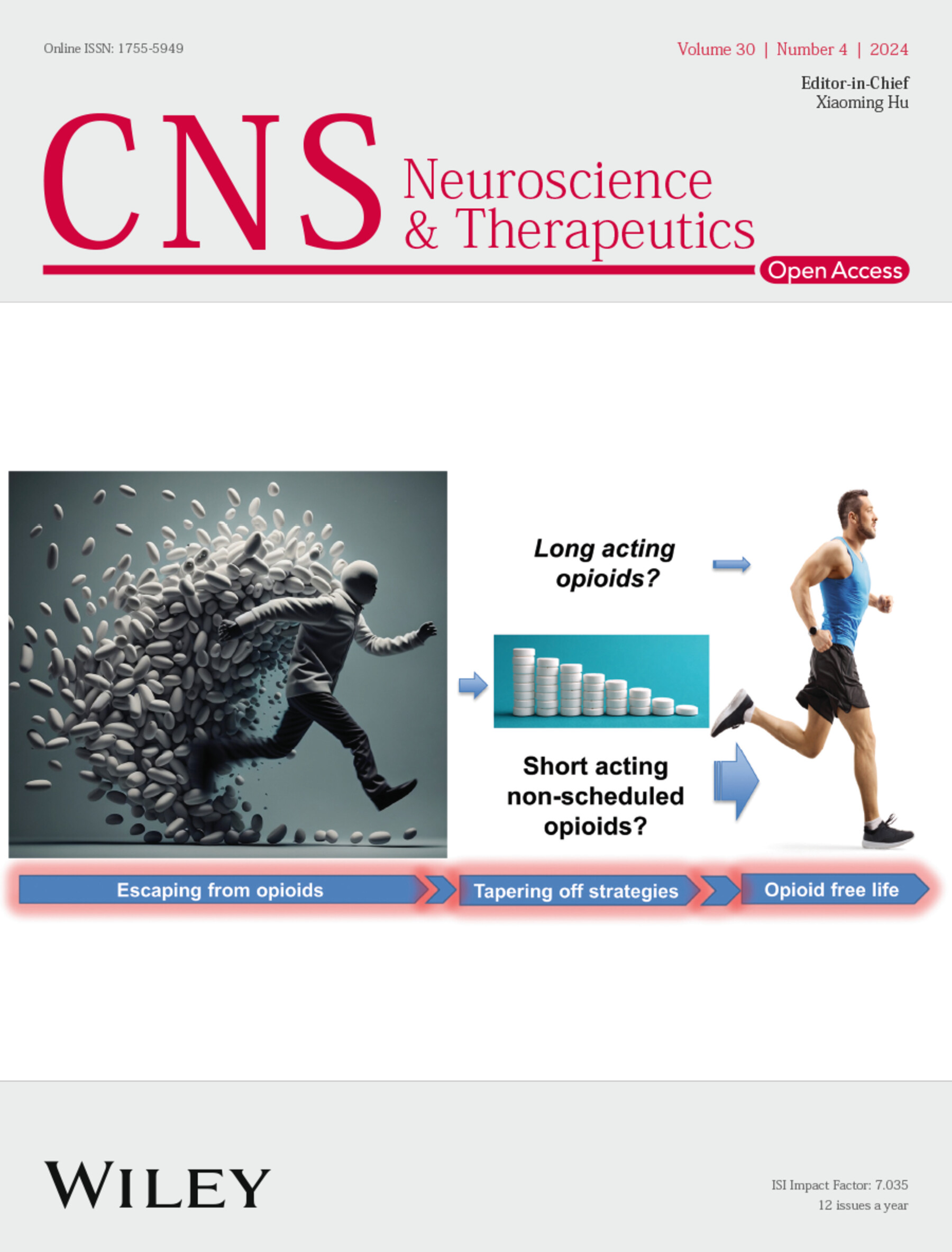Xiao-Chai-Hu-Tang Ameliorates Depressive Symptoms via Modulating Neuro-Endocrine Network in Chronic Unpredictable Mild Stress-Induced Mice
Abstract
Objective
Xiao-Chai-Hu-Tang (XCHT) has been demonstrated to exert an antidepressant effect during long-term clinical practices. However, the potential mechanisms of XCHT remain unknown. This study aims to investigate the effect of XCHT on chronic unpredictable mild stress-induced mice with depressive-like behaviors and to explore the underlying mechanisms.
Methods
The active compositions and potential related targets of XCHT in the brain were obtained through UPLC-Q-TOF-MS, network pharmacology, and bioinformatics analyses, verified by experimental validation. Then, the protein–protein interaction (PPI), Gene Ontology (GO), Kyoto Encyclopedia of Genes and Genomes (KEGG) analyses, and molecular docking were used to predict the core targets and mechanisms of XCHT on depression. After being treated with XCHT standard decoction, based on enzyme-linked immunosorbent assay (ELISA), non-targeted metabolism, targeted LC–MS analyses, RNA-seq, quantitative RT-PCR, immunofluorescence, and western blotting were determined to clarify the mechanism of XCHT in the treatment of anxiety and depression disorder.
Results
In total, 166 active ingredients and 525 related targets of XCHT were detected and selected from the network databases. The inflammatory response and metabolism of neurotransmitters were the main related signaling pathways predicted by KEGG enrichment analyses. Behavioral testing shows that XCHT has antidepressant effects, and untargeted metabolomic studies showed it significantly reduced levels of the neurotoxic substance quinoline acid. Combining the results of molecular docking, RNA-seq, and western blot revealed that XCHT regulated nerve regeneration via BDNF/TrkB/CREB and PI3K/AKT signaling pathways. Immunofluorescence analysis revealed that XCHT downregulated the chronic stress-induced activation of microglia and astrocytes in the hippocampus.
Conclusion
XCHT exerts antidepressant functions by modulating neuroinflammation and neuroregeneration.


 求助内容:
求助内容: 应助结果提醒方式:
应助结果提醒方式:


